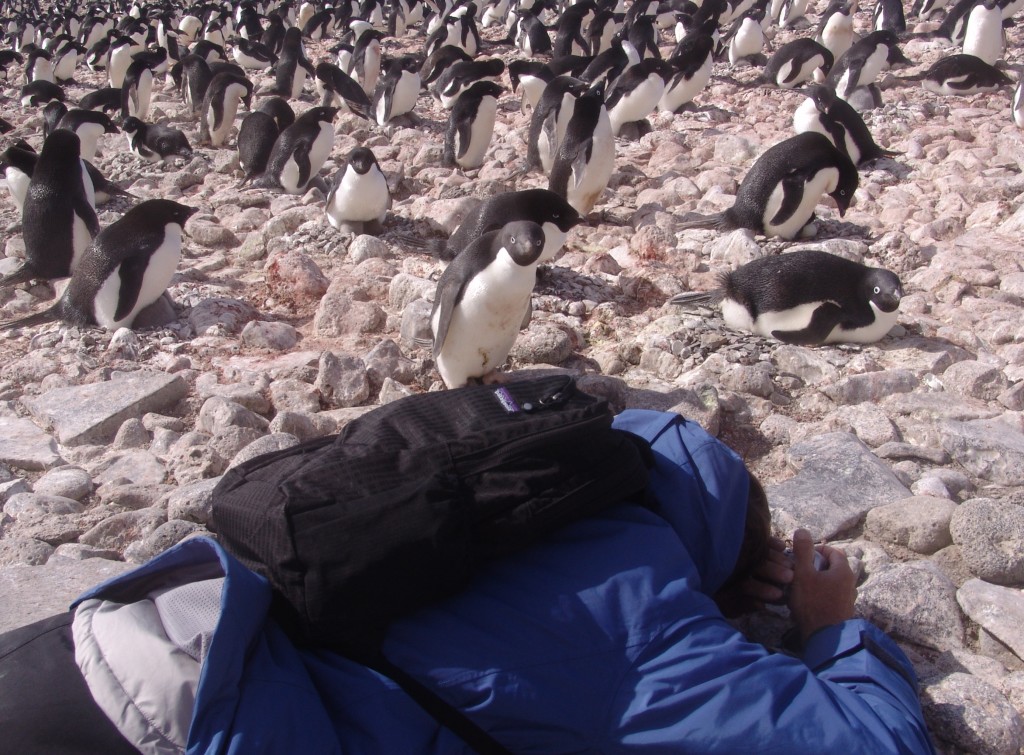Growing up in this day and age, I took it as a given that wild animals are afraid of people. There are exceptions, of course: many of us have had encounters with impertinent squirrels, raccoons, or a variety of opportunistic birds living near any habitual outdoor eating space. These animals that have become accustomed to living in our world without concerted hunting or harassment have learned we need not be feared. That said, beyond urban areas, I was always told if wanted to see some wildlife (on a hike, for example), I had to be quiet because animals run away when they hear people. That just seemed natural. But it’s not.
While it is certainly natural for particularly smaller animals to be wary of and run from larger potential predators, animals are not innately conditioned to flee the sight of all other animals. This makes some intuitive sense; otherwise, nature would be filled with creatures constantly sprinting away from each other, only to run into another animal and flee in a different direction in an endless repeating ricochet. Tranquility would not exist.
You hear about “untouched” places like the Galapagos Islands off the coast of Ecuador — ecosystems remote enough to have had the good fortune not to be exposed to humanity for at least recent memory. In these locations, you can observe animals that haven’t learned to run from us. Neither these creatures nor their ancestors recognized humans as predators and therefore do not fear us. It may seem trivial, but being in these situations can be a special experience, especially for a photographer.
This has all basically been a long-winded way of saying, “if you ever have the opportunity to visit Antarctica, I highly recommend you do so.” The ice is stunning, from the tiniest snowflakes to tabular icebergs that can cover thousands of square miles and rise over 500 feet above the water — yet still have 90% of their mass underwater. The biggest tabular icebergs we saw were about 150 feet tall:
Beyond the ice, though, the wildlife is also pretty spectacular. With the notable exception of the decimated whale populations, Antarctic fauna have had no reason to learn to fear mankind. This can lead to some amusing interactions and memorable photos.
Penguins are of particular note in this respect, and not only because they number in the millions down there. At times, they are as curious about us as we are about them:
Yet for the most part, as long as you don’t act threateningly, penguins tend to go about their lives as if we were not there.
Penguins spend much of their time along the coastlines. They need to swim to catch fish and move longer distances, but their major predators are almost entirely aquatic, so they pick their moments and indeed places to get in the water. And because the land rises sharply uphill from the coast in many places, penguins tend to walk — in comical single file — along paths next to the water along what are dubbed “penguin highways.” At one point I found myself next to one of these highways as a procession approached. So I just knelt down with my camera and waited as they proceeded by:
Antarctica is a spectacular place. Unfortunately I was there early in my photographic career and did not have as good a camera as I’d have liked, but click here to see some highlights from that trip.



